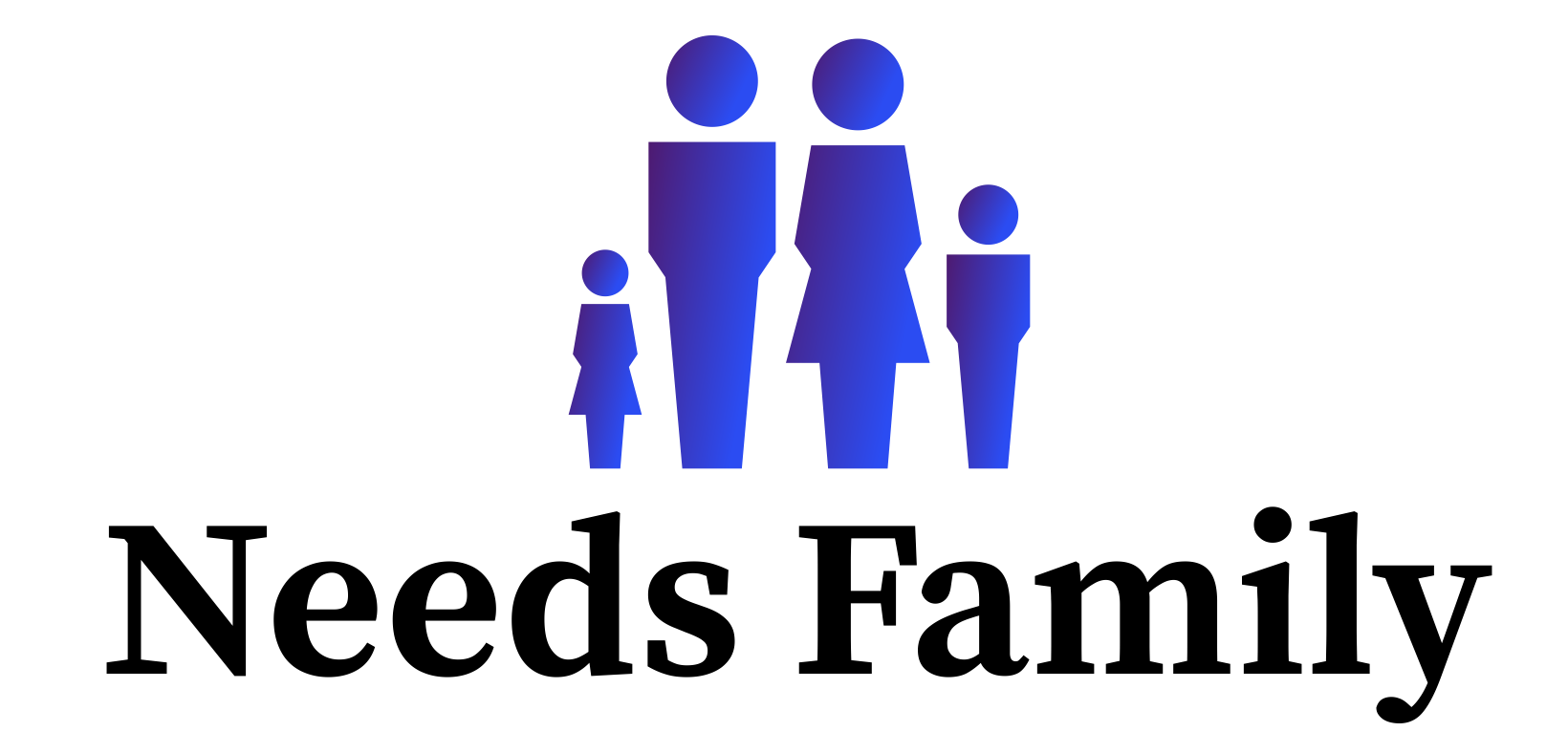As we look forward to 2023, we can expect to see some significant changes in how families operate and relate to each other. In this article, we’ll explore the top 10 trends for 2023 and how they will impact the needs, dynamics, and rivalries within families.
Personalization
One of the most significant trends for 2023 is the increasing focus on personalization. As technology advances, we can expect to see more tailored products, services, and experiences that cater to individual needs and preferences. For families, this means more opportunities to customize their living arrangements, schedules, and activities to better meet their unique needs and desires.
Remote Work
Remote work has become more prevalent since the COVID-19 pandemic, and it’s likely to remain a trend for the foreseeable future. For families, remote work offers greater flexibility and work-life balance, allowing them to spend more time together and pursue their interests outside of work. However, remote work also presents challenges, such as finding a suitable workspace and managing distractions.
Mental Health
Mental health has become a critical issue in recent years, and it’s likely to continue to be a trend in 2023. Families will need to pay more attention to their mental health needs and seek out resources to help them manage stress, anxiety, and other mental health concerns. This could include therapy, mindfulness practices, and other self-care strategies.
Sustainability
Sustainability has become a buzzword in recent years, and it’s likely to remain a significant trend in 2023. Families will need to think more about their impact on the environment and take steps to reduce their carbon footprint. This could include using more eco-friendly products, reducing energy consumption, and adopting sustainable transportation options.
Artificial Intelligence
Artificial Intelligence (AI) has been making waves in recent years, and it’s likely to continue to impact families in 2023. AI technology could help families manage their homes more efficiently, automate household tasks, and personalize their experiences. However, there are also concerns about AI’s impact on privacy, security, and employment.
Work-Life Integration
Work-life integration is an emerging trend that recognizes the blurring of boundaries between work and home life. Families will need to find ways to integrate their work and personal lives seamlessly, allowing them to balance their responsibilities and pursue their goals. This could include flexible work arrangements, job sharing, and other innovative approaches to work.
Multigenerational Living
Multigenerational living has become more common in recent years, and it’s likely to continue as a trend in 2023. Families will need to find ways to accommodate the needs of multiple generations under one roof, including elderly parents, adult children, and grandchildren. This could include adapting living spaces, sharing resources, and finding creative solutions to family dynamics.
Cultural Diversity
Cultural diversity has become a key issue in recent years, and it’s likely to continue to shape family dynamics in 2023. Families will need to embrace diversity and inclusivity, seeking out opportunities to learn about and appreciate different cultures. This could include participating in cultural events, learning new languages, and engaging with diverse communities.
Health and Wellness
Health and wellness have become more critical issues in recent years, and they’re likely to remain a trend in 2023. Families will need to prioritize their
physical health by adopting healthy lifestyles, such as regular exercise, nutritious diets, and adequate sleep. This could also include investing in home gym equipment and fitness trackers to monitor their progress. Families will also need to prioritize their emotional and social well-being by cultivating meaningful relationships, engaging in hobbies, and taking time to relax and recharge.
Digital Dependency
Finally, the trend of digital dependency is likely to continue in 2023. With families becoming increasingly reliant on technology for communication, entertainment, and education. While digital devices can enhance our lives. They can also create barriers to interpersonal relationships and contribute to addiction and other negative outcomes. Families will need to find ways to balance their digital and offline lives. Setting limits and boundaries to ensure that they stay connected in meaningful ways.
Meeting the Needs of Families in a World of Rivalry
As we look to the future, it’s clear that families will face a range of challenges and opportunities. The trends outlined above provide a framework for understanding some of the key factors that will shape family dynamics and relationships in 2023. However, these trends can also create rivalries between family members, as each individual’s needs and preferences are different.
To meet the needs of families in a world of rivalry, it’s essential to prioritize communication, empathy, and respect. Families should make an effort to understand each other’s perspectives, needs, and preferences. And work together to find solutions that benefit everyone. This could include developing a family mission statement or setting shared goals. Such as reducing the family’s carbon footprint or increasing family time spent together.
It’s also important for families to be flexible and adaptable, recognizing that individual needs and circumstances can change over time. Families may need to renegotiate roles and responsibilities. Adjust their living arrangements, or find new ways to balance work and personal life. By staying open-minded and willing to change, families can navigate the challenges of a rapidly changing world. And maintain strong, healthy relationships with each other.
In conclusion, the top 10 trends for 2023 provide a roadmap for families to meet their needs and navigate rivalries in a rapidly changing world. By paying attention to personalization, remote work, mental health, sustainability, artificial intelligence, work-life integration, multigenerational living, cultural diversity, health and wellness, and digital dependency, families can adapt to the changing landscape and build stronger, more meaningful relationships with each other.
